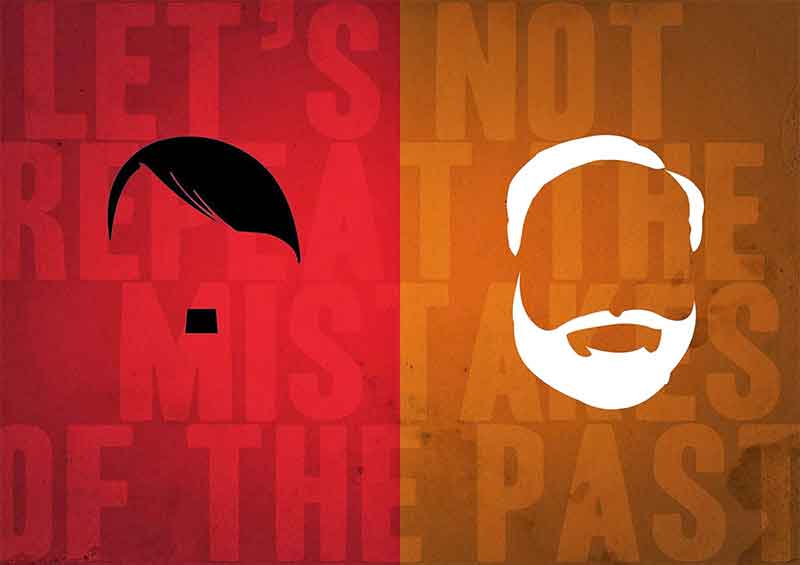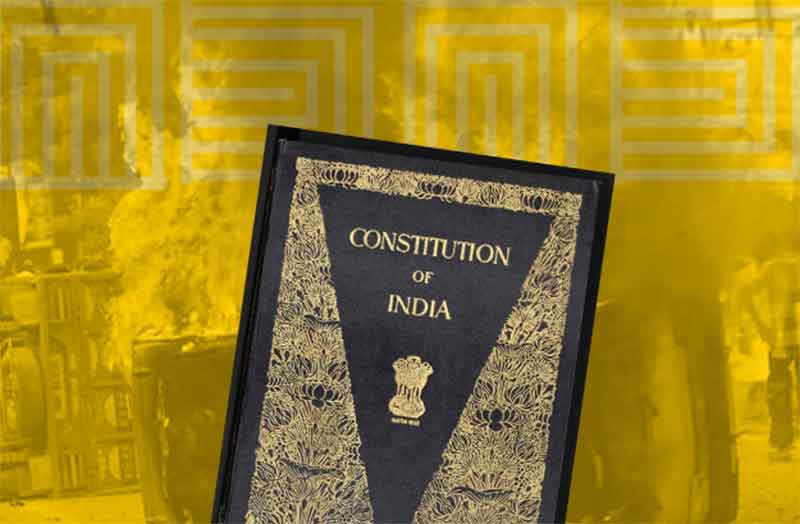
Democracy, by its very nature, is vibrant and resonant with a thousand voices. It thrives not in silence, but in the harmonious dissonance of diverse opinions, impassioned debates, and the courageous assertion of individual expression. In a democratic society, every individual-regardless of status or station-is empowered to speak, to question, and to contribute meaningfully to the collective journey of the nation.
This cacophony, often dismissed as disorder, is in truth the symphony of freedom; it is the lifeblood of a society that honors both liberty and responsibility. Through this open arena of dialogue and participation, democracy nurtures not only the right to be heard but also the duty to listen, understand, and act with conscience.
In this way, democracy becomes the fertile soil from which blossoms a robust culture of rights and duties-a culture wherein each citizen is not merely a passive recipient of privileges, but an active architect of justice, equity, and collective well-being.
Democracy in India has stood the test of time and has been gaining momentum towards vibrancy, where freedom of expression, social justice, and a robust opposition were emerging in the first decades of the 21st century. However, the recent democratic backsliding is closely tied to cultural nationalism—an ideology that not only seeks to exclude Muslims from the national imagination but also reinforces hierarchical structures within the Hindu social order.
The Indian Constitution has long served as a backbone for marginalized communities, promising them safeguards and rights since the inception of the republic. Yet, over the past decade, these very constitutional provisions and statutes have come under assault. Amendments to the law have directly impacted the lives of millions of underprivileged Muslims. Many of these changes have failed to deliver the promises made to the regime’s supporters and voter base, while anxiety and insecurity have steadily mounted among Muslims and lower-caste communities.
The erosion of secular institutions is evident across the country. Partisan appointments in higher educational institutions, the revision of curricula to reflect majoritarian religious symbols and icons, and legal pronouncements driven by majority consciousness that prioritize faith over rationality—all exemplify this decline. Additionally, street violence against minorities and women is often whitewashed or delayed, ultimately emboldening the state machinery.
Law enforcement agencies, enjoying unchecked power, are increasingly involved in fake encounters and often act as extensions of the ruling party in uniform. This has led to a violent, overzealous state apparatus that targets Muslim minorities—implicating them in fabricated cases. Instances of protest or dissent from Muslims are routinely treated as national security threats, met with brutal responses such as the demolition of homes and shops or custodial deaths.
Opposition political parties, rather than offering a meaningful counter-narrative, are often seen pandering to the same voter base as the ruling regime, adopting similar undertones. This has rendered the political and public sphere increasingly inhospitable to minority voices. Ironically, despite this, many minorities continue to support these opposition parties due to a lack of alternatives—India, a country of over a billion people, has only a handful of Muslim political parties, none with national status.
Over the past decade, there have been three significant instances in India that suggest a drift toward authoritarianism.
First, the amended Citizenship Act redefined the social and political boundaries for Muslims by excluding them from eligibility for Indian citizenship if they migrated from neighboring countries due to religious persecution. This law now permits individuals from every major religious community—except Muslims—to seek Indian citizenship on these grounds. The policy has effectively militarized social boundaries and contributed to the portrayal of Muslims as outsiders. Government officials and political figures, through their narratives and media campaigns, have argued that most religious persecution of Hindus and other minorities occurs in Muslim-majority neighboring countries. Therefore, if these nations cannot accommodate their minorities, India cannot extend citizenship to Muslims fleeing them. Under this logic, India excluded the Rohingya from Myanmar. Rohingya refugees who sought asylum in India during the 2017 genocide were deported back to Myanmar in 2024. In response, the Muslim community staged protests, invoking constitutional values and fundamental rights. These movements were crushed by vigilante groups mobilized through propaganda-driven news channels that labeled the protesters as anti-nationals and terrorists. This, in turn, triggered communal violence in the capital city, Delhi.
The second instance concerns the controversial farm laws, which proposed reforms by enabling corporate farming, eliminating minimum support prices, and increasing corporate control over essential food supply chains. Farmers across India protested these laws for nearly a year, sacrificing two critical farming seasons that sustain their livelihoods. For them, the movement was a matter of survival and dignity. During this period, protesters were vilified with derogatory labels, subjected to police firing, water cannons, and violence by saffron-clad vigilantes allegedly supported by law enforcement. The crackdown claimed nearly 800 lives. Eventually, the government was compelled to withdraw the laws.
The third and perhaps most brutal instance is the ongoing ethnic conflict in Manipur, which has been reeling under violence for the past three years. Despite the intensity of the crisis-marked by brutal civil strife, gang rapes recorded on video by armed groups, and the collapse of law and order-the central government has not visited the region. This apathy is likely because the conflict does not offer the political dividends that Hindu-Muslim polarization does.
Everyday authoritarianism is also visible on the streets. Muslims often feel compelled to prove their patriotism-flying the national flag atop their homes to ensure their houses are not attacked by vigilantes reportedly affiliated with the ruling political party.
Subscribe to Our Newsletter
Get the latest CounterCurrents updates delivered straight to your inbox.
The most alarming aspect is that the current regime, led by the Bharatiya Janata Party (BJP), is operating entirely within the framework of the Constitution, while simultaneously dismantling the spirit of constitutionalism envisioned by the founding fathers. The idea of India today has been transformed into the idea of a Hindu India-and Indian democracy has become no more than a chimerical illusion.
Parvez Alam teaches Political Science at Aligarh Muslim University and can be reached at [email protected].














































